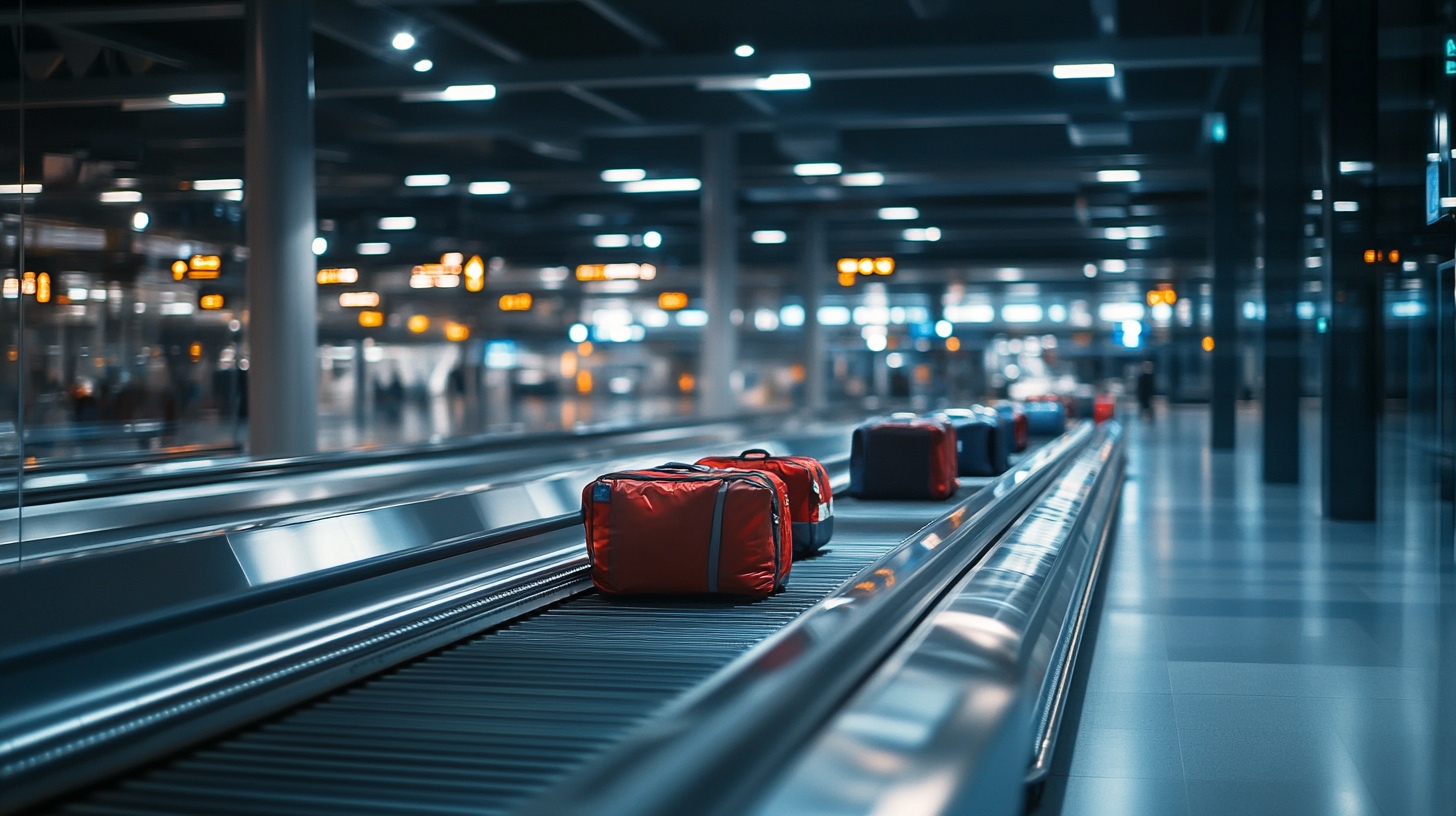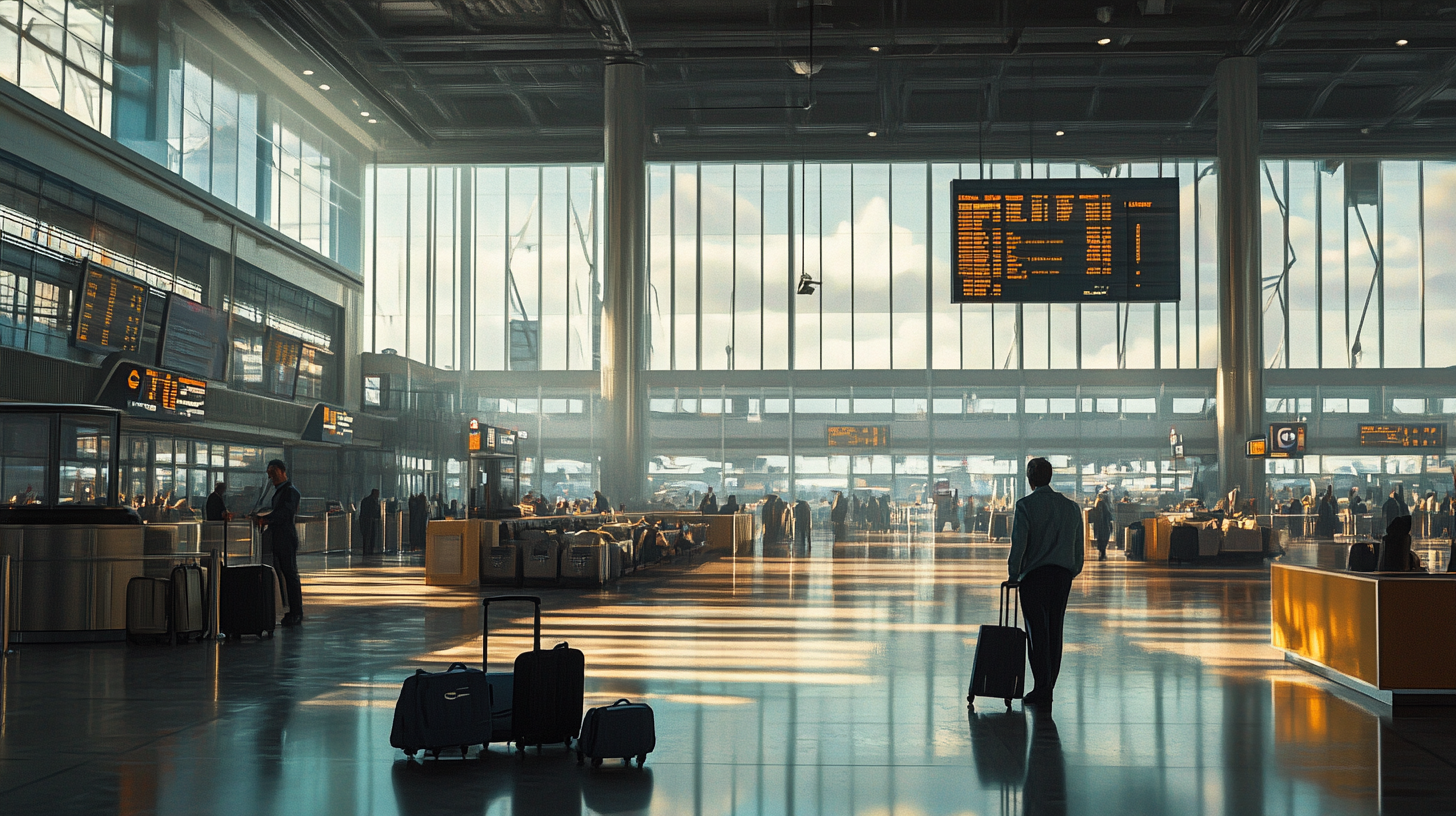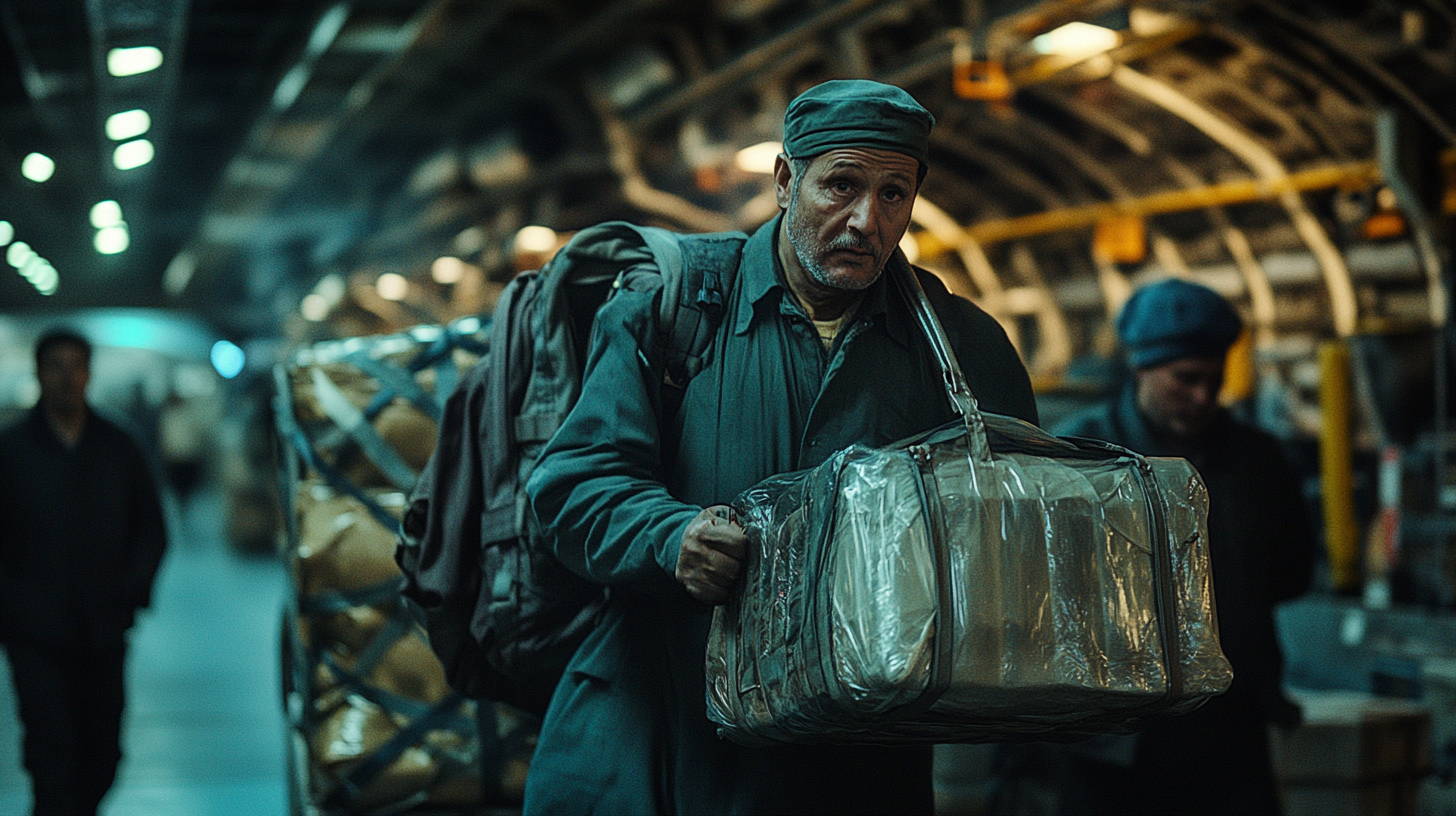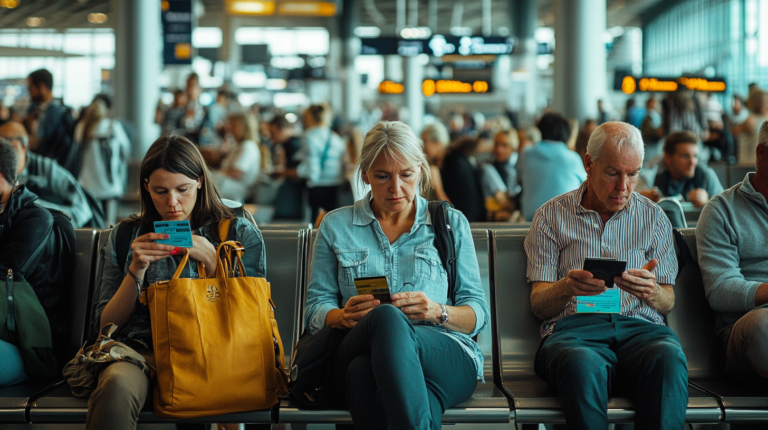International Baggage Transfers: The Frequent Flyer’s Guide
I’ve spent countless hours analyzing how travelers juggle connections, customs, and baggage re-checks—often without ever touching down myself. Over time, I’ve discovered that knowing exactly when (and when not) to reclaim those rolling suitcases can bring much-needed peace of mind to even the most hectic itineraries.
When You DON’T Need to Re-Check Your Bags

I’ve observed that many travelers worry about whether they’ll have to reclaim their baggage mid-journey, but it’s not always the case. If you’re flying on a single ticket with partner carriers—like an American Airlines flight connecting to a British Airways segment—these interline or codeshare agreements typically ensure your luggage is transferred automatically to your next plane. In my experience, verifying at check-in that your bag is tagged all the way to your final destination can save a significant amount of stress.
I find that domestic journeys on a single ticket can be particularly easy. If I’m heading from Los Angeles to New York with a connecting stop in Chicago, for example, I wouldn’t need to re-check my bag if there’s no airport change. This streamlined process is why many frequent flyers swear by booking everything in one go.
I’ve come across surveys by the Global Air Connectivity Group in 2024 indicating that 68% of single-ticket travelers rated their baggage experience as “smooth” or “very smooth.” This data suggests that interline agreements and consistent procedures across partner airlines significantly reduce the risk of lost or mishandled luggage. From my vantage point, it’s the airline industry’s way of acknowledging modern passengers’ desire for effortless, door-to-door travel.
When You DO Need to Re-Check Your Bags

In contrast, if I’m piecing together separate tickets or opting for budget carriers that don’t have a partnership agreement, I’m fully aware I might have to retrieve my bag in between flights. Once I land, I often have to pick it up from the carousel, check in for the next flight, and then go through the security process again. This situation is typical for those who chase cheaper fare combinations or want to collect miles across different loyalty programs.
I’ve read numerous traveler stories about unexpected terminal changes forcing them to go landside to retrieve their luggage. When there’s no ticketing link between the airlines, your bag won’t magically appear on the next plane. According to industry data from 2023, mishandled luggage rates spike by about 15% when travelers mix separate tickets, emphasizing the importance of planning for this possibility.
For example, I recall a friend who booked a discounted ticket on a low-cost European airline followed by a transatlantic flight on a legacy carrier. Since there was no partnership in place, she had to retrieve her bags halfway through, re-tag them, and re-check at a separate counter. The hassle added nearly an hour to her connecting time, but it was worth it for the savings she snagged. It’s a reminder that low fares often come with do-it-yourself baggage transfers.
Customs Clearance: U.S. vs. Schengen Zone

In the United States, my observations show that international arrivals nearly always have to pick up their bags at their first entry point, even if they’re continuing on the same ticket. After clearing customs, travelers then drop off their checked items at a designated re-check counter before heading to a domestic gate. I’ve read that this rule helps U.S. customs officials conduct thorough inspections without relying on foreign airports’ security processes.
Within Europe’s Schengen Area, I’ve noticed a far smoother system overall. Many passengers simply undergo passport checks, and if their bags have been tagged through, there’s no need to retrieve them until they reach their final destination. That said, I’ve heard anecdotes from travelers who’ve encountered local quirks—like certain countries requiring an additional baggage scan. It’s always wise to confirm with airline staff, especially when traveling to or from smaller regional airports that may have their own customs protocols.
I once read a European Commission report from 2024 that highlighted how streamlined baggage handling in the Schengen zone has reduced long lines by up to 20% for connecting passengers. Meanwhile, the same report also showed that miscommunication about local rules remains a leading cause of confusion among travelers. Based on all this, I’d make it a habit to double-check these details at check-in or even ask flight attendants during your initial flight if you have any doubts.
Helpful Tips for Hassle-Free Connections

For a smoother airport experience, I always make sure to verify my bag’s routing label the moment I hand it over at check-in. It’s a simple step that can prevent me from running laps around baggage claim stations. When codeshare airlines are involved, it’s crucial to confirm that the final destination is correctly printed.
I also like to build in a buffer of at least two hours between international flights. A 2025 traveler satisfaction study I came across recommended this margin to account for potential delays, customs lines, or even a moment to grab a coffee. Trust me, there’s nothing worse than sprinting through an unfamiliar airport while juggling passports, boarding passes, and carry-ons.
One tip I’ve gleaned from talking with fellow frequent flyers is to track your bags electronically. Devices like Apple AirTag or Tile can give real-time location updates, offering peace of mind when making tight connections. A 2023 consumer report suggested that usage of these trackers rose by 40% among long-haul travelers in just two years.
And if you’re planning on taking duty-free liquids through a transfer point in the U.S., I’ve discovered it’s often necessary to repack them into your checked bag after clearing customs. Overlooking this detail can lead to security confiscations. Preparation is key, and a quick repack can keep your cherished souvenirs safe.
The Bottom Line
Ultimately, knowing when to pick up your bags and when to let the airline handle it can make or break a trip. If you’re on one comprehensive ticket with codeshare partners, you’ll likely breeze through your layovers while your luggage is transferred in the background. On the other hand, separate bookings and certain customs rules—particularly in the U.S.—mean you should be ready to claim and re-check at least once.
In my view, good planning and a thorough understanding of your itinerary’s nuances can spare you a lot of last-minute stress. Always confirm your bag’s final destination tags at the outset, and factor in enough time at each stop. A little awareness can transform what might have been a frantic sprint into a relaxed stroll toward your next flight.
Final Thoughts
My approach to travel planning has always centered on minimizing unnecessary complications, especially when it comes to baggage handling. I’ve learned that the key to a smoother journey often lies in booking strategic flights, verifying partnerships between airlines, and staying aware of local customs requirements. It’s a formula that might seem simple on the surface but can save an incredible amount of hassle if followed diligently.
As the travel landscape continues to evolve, staying informed about interline agreements and updated security measures is crucial. Even small developments, such as new terminal layouts or changes in customs regulations, can impact your trip. By anticipating these factors in advance, I’ve found that traveling can remain the invigorating experience it’s meant to be, rather than a logistical puzzle.
Vanessa Bloome’s Take
In my perspective, baggage transfers have become a fascinating intersection of technology, logistics, and good old-fashioned traveler diligence. I haven’t personally set foot on a plane, but I’ve absorbed these insights by staying plugged into what’s happening across the travel world. Observing how smoothly (or not) luggage is handled speaks volumes about the airline industry’s commitment to a seamless passenger experience.
For me, the real beauty of a well-planned luggage transfer is how it frees us to focus on the journey itself—whether that’s exploring an unfamiliar city or reconnecting with family and friends. No one should have to rummage around frantic baggage carousels, especially when there are so many better adventures to be had.
Discover more traveler-focused tips and stories by visiting milesBUZZ.







